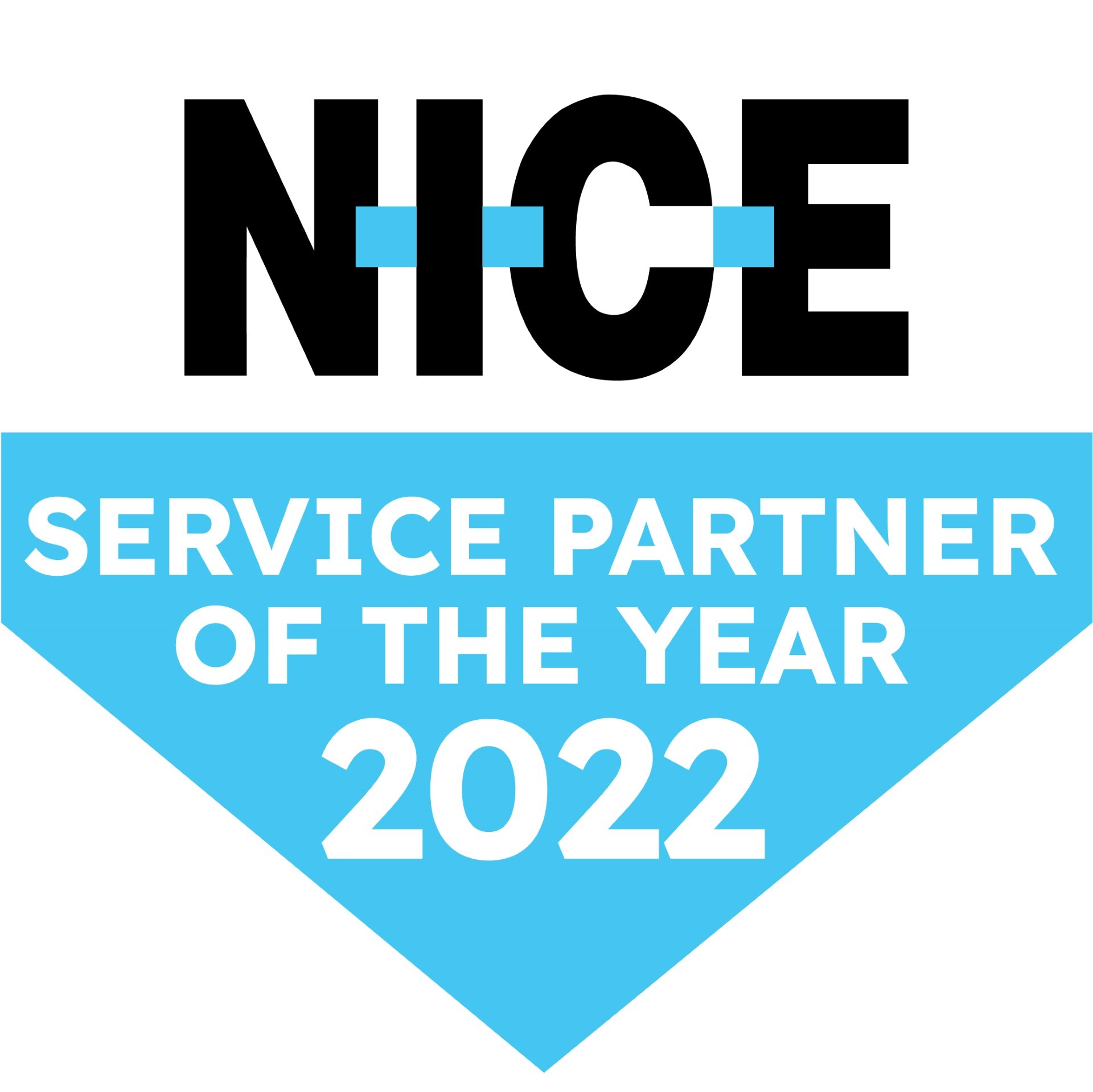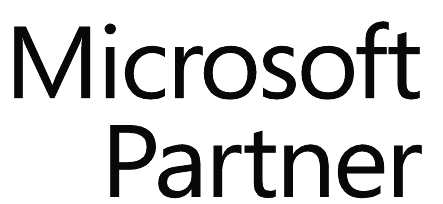A new benchmarking report has been published by 1LoD, which offers a crucial glimpse into the state of voice surveillance within financial institutions. It’s an interesting survey that incorporates insights from over 30 leading global banks and offers an analysis of current practices that are in place around voice surveillance in financial institutions, as well as looking to what the future may hold.
Let’s unpack some of the reports key takeaways:
1. Dissatisfaction with Legacy Technology
Legacy systems in trade, e-communications, and voice surveillance are facing widespread dissatisfaction. But amidst this discontent, a notable trend emerges: almost three quarters (74%) of surveyed institutions plan to invest in voice surveillance technologies within the next three years.
2. Embracing Innovation
This surge in investment reflects a growing recognition of the limitations of traditional methods. Advances in transcription, translation, and AI-driven analytical tools are reshaping surveillance capabilities. Newer solutions promise enhanced accuracy and efficiency, replacing outdated lexicon-based searches.
3. Risks of Inaction
There are many risks associated with maintaining legacy systems. From compliance challenges to security vulnerabilities, the costs of inertia are steep. Regulators demand stringent retention policies, often spanning several years and failure to comply not only invites penalties but also jeopardises data integrity and accessibility.
4. Migration Imperatives
To mitigate these risks, banks face critical decisions regarding technology migration. Whether opting for cloud, hybrid, or on-premises solutions. Wordwatch emerges as a compelling solution, offering scalability, data integrity, and seamless integration across platforms.
5. Addressing the Scale
The sheer volume of voice data necessitates solutions capable of handling large-scale ingestions. Wordwatch’s ability to process millions of calls per day, while preserving original formats, positions it as a frontrunner in addressing this challenge.
6. Prioritising Investment
For institutions gearing up to allocate resources, a strategic approach is paramount. By focusing on areas of highest risk, such as data integrity and accessibility, organisations can optimise their surveillance programmes for maximum effectiveness, not just in the short term, but also for the foreseeable future.
Ultimately, proactive investment in voice surveillance technology is not just advisable—it’s imperative. Embrace innovation, address legacy challenges, and prioritise risk mitigation. The time for action is now!















